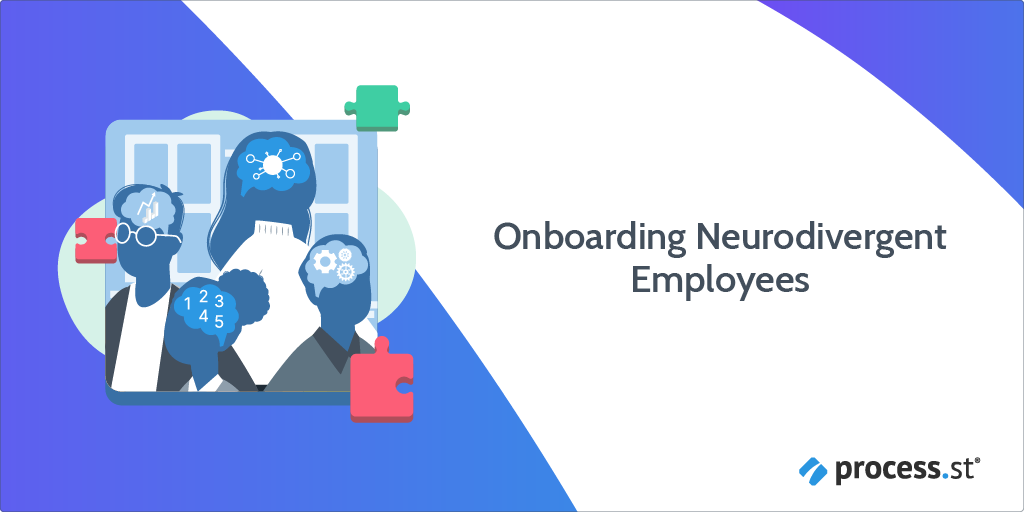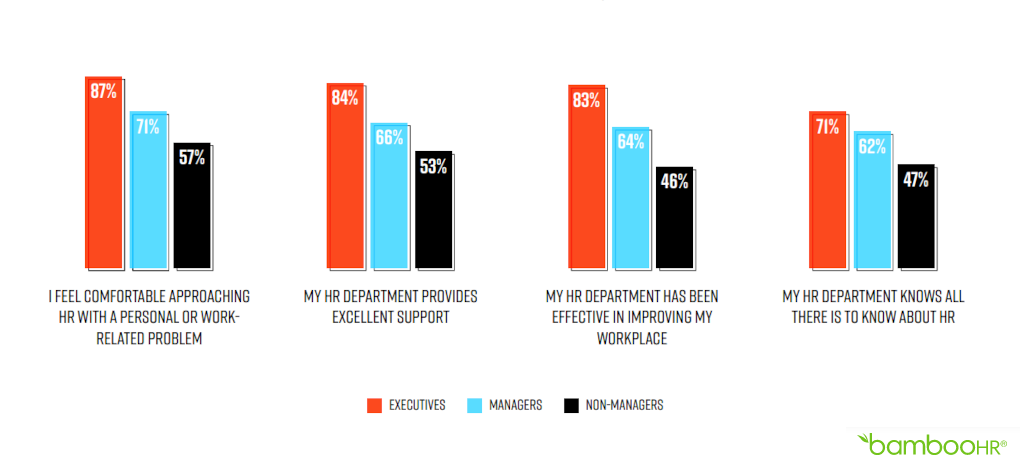
Being neurodivergent can mean many different things.
For me, it means struggling with anxiety and social interactions. For others, it could mean processing information differently than someone who is “neurotypical.”
In any case, being neurodivergent can influence our choices, decisions, and lifestyles.
This is especially true when it comes to career options.
For example, I chose to be a writer for a reason. And it’s not only because I love to write! Pursuing this career allows me to express myself in a way I otherwise couldn’t.
Unfortunately, not everyone gets the opportunity to do what they love, especially those in the neurodivergent community.
As it turns out, 79% of companies in the US believe that the need to train and support neurodivergent employees is much greater than their neurotypical counterparts. But around 80% of people with mental health problems and disabilities remain unemployed.
So if companies believe the support is needed, what are they doing about it?
In this article, I’m going to tackle the subject of how to effectively onboard and support neurodiverse individuals.
I’m also sharing some expert advice from Dr. Clare Mulligan-Foster, a chartered occupational psychologist with over 10 years of experience in the field.
So keep on reading!
- Challenges neurodivergent individuals face in the workplace (+ solutions)
- How to build a company culture that supports neurodiversity
- Tools to help neurodivergent employees
- Benefits of having a neurodivergent team
- What do neurodivergent people think?







 Workflows
Workflows Forms
Forms Data Sets
Data Sets Pages
Pages Process AI
Process AI Automations
Automations Analytics
Analytics Apps
Apps Integrations
Integrations
 Property management
Property management
 Human resources
Human resources
 Customer management
Customer management
 Information technology
Information technology













